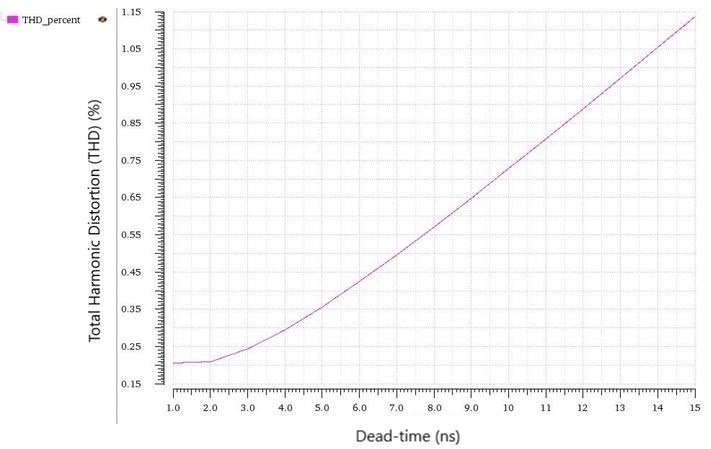SSZT678 june 2018 LMG1210 , LMG5200
High-fidelity (hi-fi) audio is becoming more and more popular among music fans and movie buffs, from portable speakers to high-end, in-home audio to automotive systems. And from the A to Z of classifications for audio power amplifiers, Class-D amplifiers are known for their nonlinear switching characteristics, which result in much lower power dissipation, excellent efficiency and reduced number of system components.
Class-D audio amplifiers powered by gallium nitride (GaN) technology, also known for its superior efficiency, are enabling smaller and more efficient Class-D solutions than ever before.
Different than traditional Class A or Class B audio amplifiers, Class-D amplifiers use the audio signal to modulate a pulse-width modulation (PWM) signal that drives the output filtering. These devices constantly switch completely on or off, creating a highly efficient amplifier stage. For portable devices such as headphones or wireless speakers, this efficiency is critical for device battery life.
For lower-power audio amplifiers (<500W), the switching losses of the power transistor will dictate the power dissipation of the system. For a metal-oxide semiconductor field-effect transistor (MOSFET)-based amplifier to achieve hi-fi sound with a total harmonic distortion (THD) >0.1% and a reasonable power-supply rejection ratio (PSRR) of <10dB requires meticulous design work around
Figure 1 below shows the effect of dead-time on THD.
GaN FETs provide superior switching characteristics, which enable even higher efficiency, better thermal sinking reduced size and weight, as well as reduced distortion for Class-D audio solutions.
GaN’s inherent characteristics provide a more ideal model of a small-signal PWM, driving the output filter. Along with this, the absence of a body diode eliminates reverse-recovery charge, which enables increased output linearity. Both characteristics allow GaN to minimize THD and ultimately create higher-quality sound.
TI’s LMG5200 is a 80V integrated GaN power stage combining a half-bridge driver and FETs into one package for an easy-to-use solution in Class-D audio. The LMG5200 offers high- to low-side matching of 2ns, which reduces distortions, and features undervoltage lockout protection (UVLO). Depending on the target of the amplifier, some designs are better suited for discrete solutions.
 Figure 1 Dead-time vs. Total Harmonic
Distortions (THD)
Figure 1 Dead-time vs. Total Harmonic
Distortions (THD)In order to reduce distortions that result in degraded sound quality, it is critical to minimize dead time while still preventing shoot-through current. Typical MOSFET designs will have >20ns of dead-time, resulting in distortion and power dissipation. TI’s LMG1210 200V half-bridge driver is the fastest GaN driver - capable of 50MHz switching and has resistive capability that offers adjustable dead-time control anywhere from 0-20ns. This integrated dead time control feature simplifies designs and eliminates the need for external implementation or additional software, as well as improving THD, TIMD, and EMI. The effect of dead-time on THD is simulated in the Figure 1, where the y axis is THD%, and the x axis is dead time beginning at 1 ns. The LMG1210 also offers high- to low-side matching of 1.5ns and a rise and fall time of 500ps.
Get started on your design using the LMG5200 evaluation module.